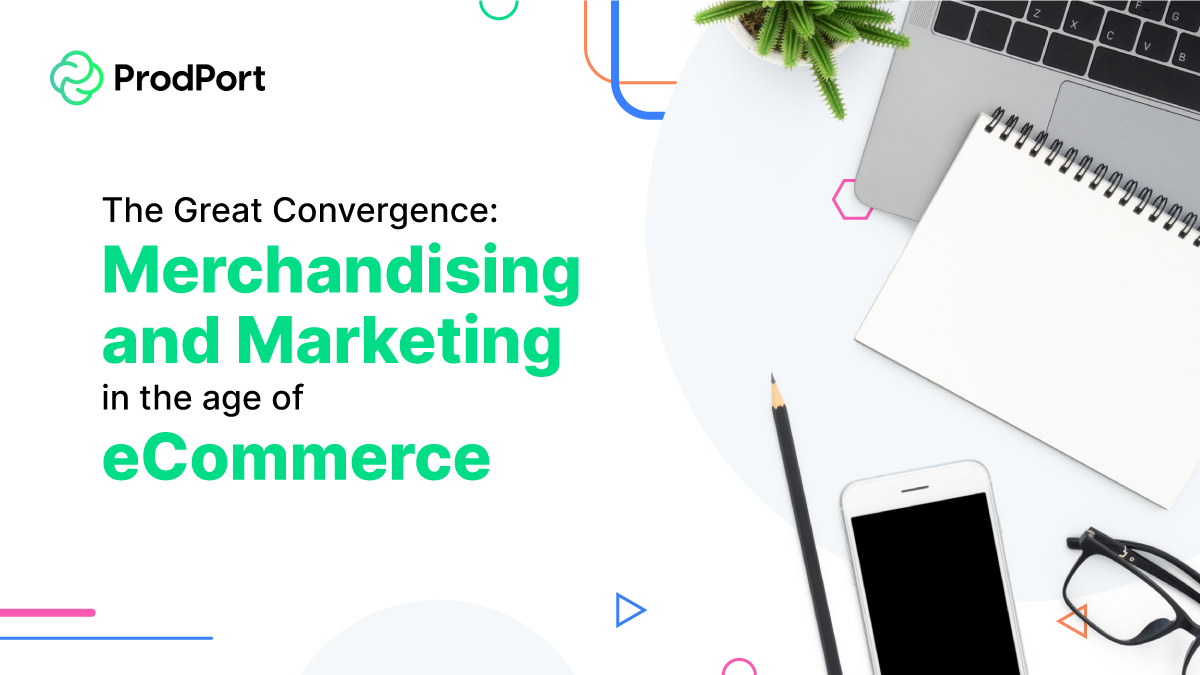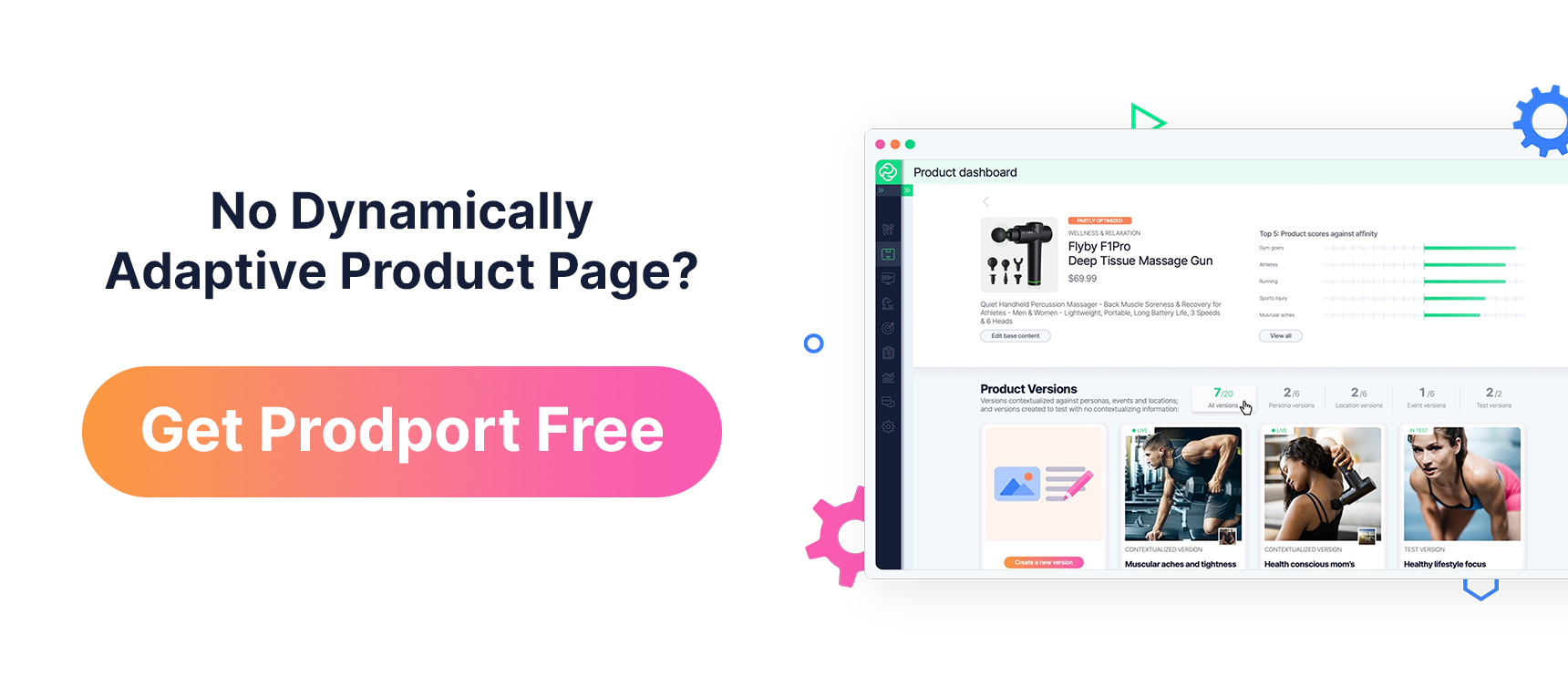Logically, I know that 2014 was almost a decade ago, but I remember it as if it was just yesterday. It was a big year for the once nebulous concept that would eventually be known as “product recommendations.”
We were thrust into an unfamiliar space that was previously only known to merchandising teams. And suddenly, we found ourselves enabling the marketers to make decisions that were beyond the realm of the merchandising team. Which products do we showcase? What placement or presentation would suit a product best? How do we guarantee conversions with these minute details?
Having conversations with our clients wasn’t a cakewalk either. As the marketers responsible for all website content and initial customer communication, our clients saw the early iterations of product recommendations as nothing short of magic. The problem was that they didn’t have any authority to touch anything concerning the products. And at the time, the consensus was that the merchandising manager knows what’s best for the products, including where to place them in a way that drives sales.
It was through these challenging conversations that we managed to prove that in scale, automated product recommendations yield much better relevancy to the site visitors, and that drove better conversions and outcomes naturally.
Product recommendations then became a staple in the category pages, emails, ads, and on the product page for the client to discover additional pages. Sounds perfect, right? Easy, straightforward, and a win-win-win for the customer, the brand, and the vendor. Well, not exactly.
Fast forward to a few months or years, and the demand for having greater control over what product recommendations can do rears its head. The requests across the board went something along the lines of “We would like to have to have the ability to manually define the rules of what the users can see so we can cross-sell and upsell as much as we want.”
Gone were the days when the distinction between the responsibilities and KPIs of the merchandising and product teams were clear. It soon became apparent that there is considerable overlap. That open collaboration between marketers who were responsible for demand and sales, and merchandisers who, up until that point, were responsible for the market research, product design, pricing, buying, and the creation of the product content, was not only beneficial but ultimately necessary.
The result was something like this:

In a world where the user’s experience around a certain product is extremely important in order to drive conversions, loyalty, and a repeat purchase, a concerted effort by these two teams over crucial decisions (i.e. how to bundle products, what products to recommend, and how much discount should be given) is a step in the right direction.
Still, it’s not enough. How so, you may ask? Because it’s missing two key elements—instant gratification and personalization. But before I get ahead of myself, I’ll break it down for you:
Instant gratification is the desire to experience fulfillment with absolutely no delay. In eCommerce speak, this simply means that the consumers want the products they buy to be delivered and delivered right at this very second. Essentially, when visiting an online store, a consumer would want to have the promotion, the price, the copy, and every other variable to be available for them without any prompting on their end. Even with the most advanced technology of today, it would be nearly impossible for both marketers and merchandisers to keep up and manage expectations.
On the other hand, personalization is the act of tailoring communication or an experience around a specific individual. Consumers want brands and companies to be attuned to their preferences and meet their every need. But that can only happen with input from the consumer in the form of user data gathered over time.
When you examine these trends under a magnifying glass, it’s easy to see that there is a disconnect. There is a large gap between what consumers expect and the capacity of brands to deliver personalized product experiences at scale and in real-time like the following:
- Customized product titles
- Images that match the user persona/use case from the product
- Appropriate product description
- Prices
- Dynamic design elements
- Relevant reviews
In response, many organizations are finding ways to adapt. In my experience with our current clients, we’re starting to see teams get restructured. Marketing and merchandising teams work not separately, but as a unit that readily takes on the challenges of meeting customer expectations in real-time and delivering personalized product experiences focused on conversion.
Looking at where this convergence between marketing and merchandising is beginning to unfold, I predict the structure will look like this:

So, setting the technology required to gather data, create content, and deliver it at scale aside (duh, that’s why we’re here), teams need to collaborate more freely to create these experiences, or they’ll risk disappointing consumers.
The most prominent page on the website—the last mile in the purchase when your customer either buy or bounce—the product page remains the only page that lacks an adequate level of personalization to this day. But fortunately, this convergence is helping pave the way for us to create a truly convertible experience for customers.

